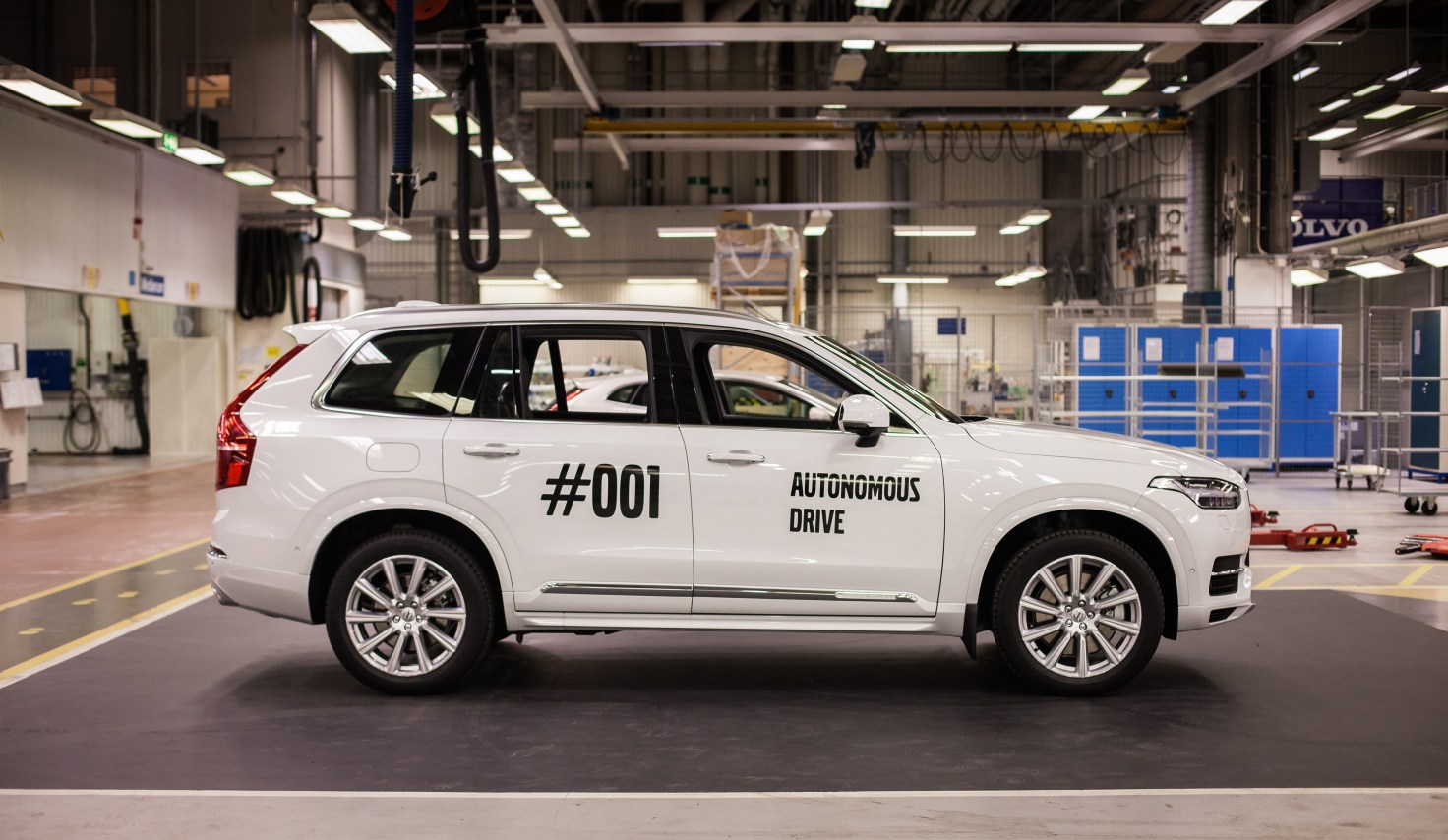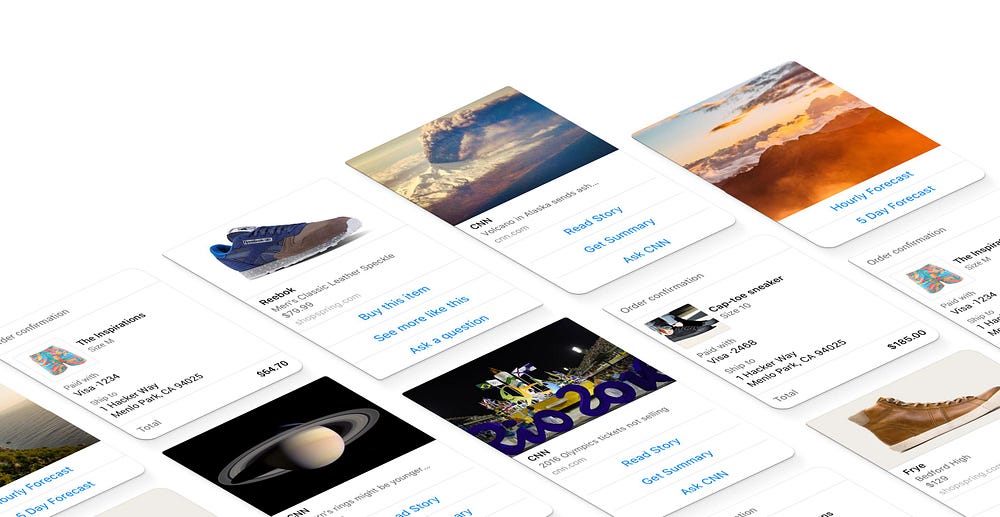We are now on the verge of AI – through its various forms, being built around us to enhance our lives. Take for example, Siri, the first popular voice assistant, now which works seamlessly in your home (once of course you have bought the entire apple gear). We now have Amazon Alexa (in the echo hub form since 2014), and Google Home – now all competing for your attention.
This article isn’t a review of these, or a comparison of their features, but rather, what happens when we have our AI bots, which aid us, starting to interact directly with one another. As a qualifier note, I am going to liberally use AI where the system uses more complex systems than Rule based ones, at least using neural nets (systems which learn rather than following only what they were programmed). And let’s just call them Bots, for ease of conversation.
Take for example, this video, based on an original viral in Nov 2016, of 3 AI assistants, forming an infinite loop based on the output of one device (prerecorded “Hey Siri, Ok Google, or Hey Alexa”), being the calling inputs for the respective other device. This loop, which uninterrupted, would possibly continue until the devices physically wear out (minuscule imperfections in the silicon manufacturing) or you know, the universe ends.
OK Nice, but how does this affect me?
You may not have realized it, but if you are a user of a smart phone (iPhone or Android, no need to argue over which is better) – you are already an AI User. The searches you make on Google Search are designed to be the most optimal results for you – based on all your previous searches and what you ended up clicking through. Google Now, now known as Google Assistant, is now integrated into Google Home, and is designed to know when you are leaving home, inform you of the time it takes to get to work or to an airport if you had booked a flight, and possibly more intrusively, what to type next when you are responding back to someone. These are fairly basic features mind you, but we are starting to see Smart tools in the form of scheduling bots (hello Amy@x.ai), and the rise of Self Driving Cars, and more.
The Dark Side?
So what happens when, for the lack of better terms, we let the bots loose? We have few instances to base our vision on this, but one came to mind: In 2010, the US stock market fell steeply by 10%, which was a rapid decent, for really, no apparently reason.

What happened (in as simple terms as I can put it), is that various high frequency trading algorithms did what they were built to do, and completed trades which would have taken hours/days by humans within seconds/minutes and brought down the stock market. The interesting part of this was the net result of multiple algorithms reacting off one another, a bit like Siri, Alexa, and Google bouncing off one another.
Here is where my analogy goes – as we build systems, smart AI based Bot systems – we need to be aware of the consequences of when we have those systems interact with one another. Each Bot was designed to do what it does best – complete against humans. But what happened was a now classic Bot vs Bot scenario. And this is only set to launch now. We will now have competing Apple, Amazon and Google bots, each customized to their user base. Below are some examples of Bots vs Bots that I can see right now, and where they are likely to be heading:

- Social Media Posting Bots vs. Social Media Reading Bots:
- On one side, we have Posting Bots, like PostBot 3, which optimizes the hashtags and the timing of your posts to optimize reach, popularity, and other typical social media metrics. As the system learns from the past, it can start customizing the posts content and timing to optimize on these.
- On the other side, we have now maturing systems that read social media sentiments, and accordingly buy/sell stocks. They’ve already been doing quite well in the market, as the system learns from the past, it will surely get better.
- As the race between the two bots evolves, we may be likely to see Posters which can influence their own stock price, as they know the impact they will have on Readers.

- Self Driving Car Bots vs Traffic Systems Bots
- Here’s likely where we can expect to see cooperation between the Bots.
- Self Driving Bots are designed to take physical vehicles around from point A to point B, typically in the path that will take the shortest time possible. This is presently done using route mapping systems such as Waze, or Google Maps, and the now emerging field of using multiple sensors to navigate the car in real world. At the moment these systems rely on what they see around them, with overall mapping insights.
- Traffic Systems Bots, have a very compatible objective of ensuring that all the vehicles travel from their Point As to Point B’s as soon as possible. Using a range of sensors to track the present traffic loads, and by having Bots run all the traffic lights, we can see some remarkable achievements, such as the recent pilots in Pittsburg. In the works since 2012, the lights now adapt to the traffic at various intersections and pass on the knowledge to all other traffic lights
- The true win will be when the Cars start directly taking to the Traffic Systems, informing them of their individual Point A’s and Point B’s, so that the traffic lights are optimized to reduce everyone’s time. This would radically reduce traffic, reduce pollution (though hopefully we will see net nonpolluting electric cars by then).
- We may eventually see tiered pricing models for this – pay more to reach faster, though the definition of slow is already on par with our fast now.

- Customer Service Chatbots vs Customer Representative Chatbots
- One of the biggest costs for end customer is Customer Service. As a company, I might wish for customer to please read the FAQs, and call only if you have a real issue. However, there is nothing like chatting with someone who can respond to your specific questions. Here is where Chatbots come in. By providing a chat window, where you can type in a question and the Chatbot responds exactly to your circumstance, its a win-win for both the company and the customer. Various research groups have already estimated billions of dollars in savings:
-
- On the flip side, from the customer’s perspective, we have Bots which can act as our representatives to cut through the chatter. For example, Trim is an Chrome Extension that is specifically designed to navigate through Comcast’s customer service chat bot, and NextCaller is designed to navigate through the initial information gathering session so that you don’t need to waste time before getting to the matter.
- Pretty soon we are going to see smart customer service apps, and smart customer bots, optimized for each others requests (e.g. you just state your intent to your Bot, and your Bot ‘negotiate’s with the customer service Bot).
What does this mean as a Next Gen Company?
Your organisation may be building a next generation digital company, which usually means some form of connectivity to your suppliers, customers, and 3rd party organizations which enhance the experience for your suppliers, customers, and even regulatory authorities.
These connections (in the form of perhaps MicroServices, or APIs), which were (and are) being built for other applications/systems which function more or less as the streams of inputs and outputs of your company’s data and business functions. Most of these services are designed for inputs/outputs on manual requests, or at best, periodic requests from apps. But when we mix Bots into play, suddenly you need to think about the impact of having super intelligent systems with the ability to make micro decisions that have radical impacts your business outcomes.
- Start thinking and engaging with other ancillary services around your company and how you can automate those processes
- Once you have a systematic approach for exchanging information, consider building Bots that start learning and optimizing.
- Build the services to scale (Bots can consume data and streams faster than you can conceive it)
- Build services to be able to control an avalanche (Bots can get hungry, and do more than you ever thought of)
Note: Views expressed are my own. Looking forward to your comments on this.
